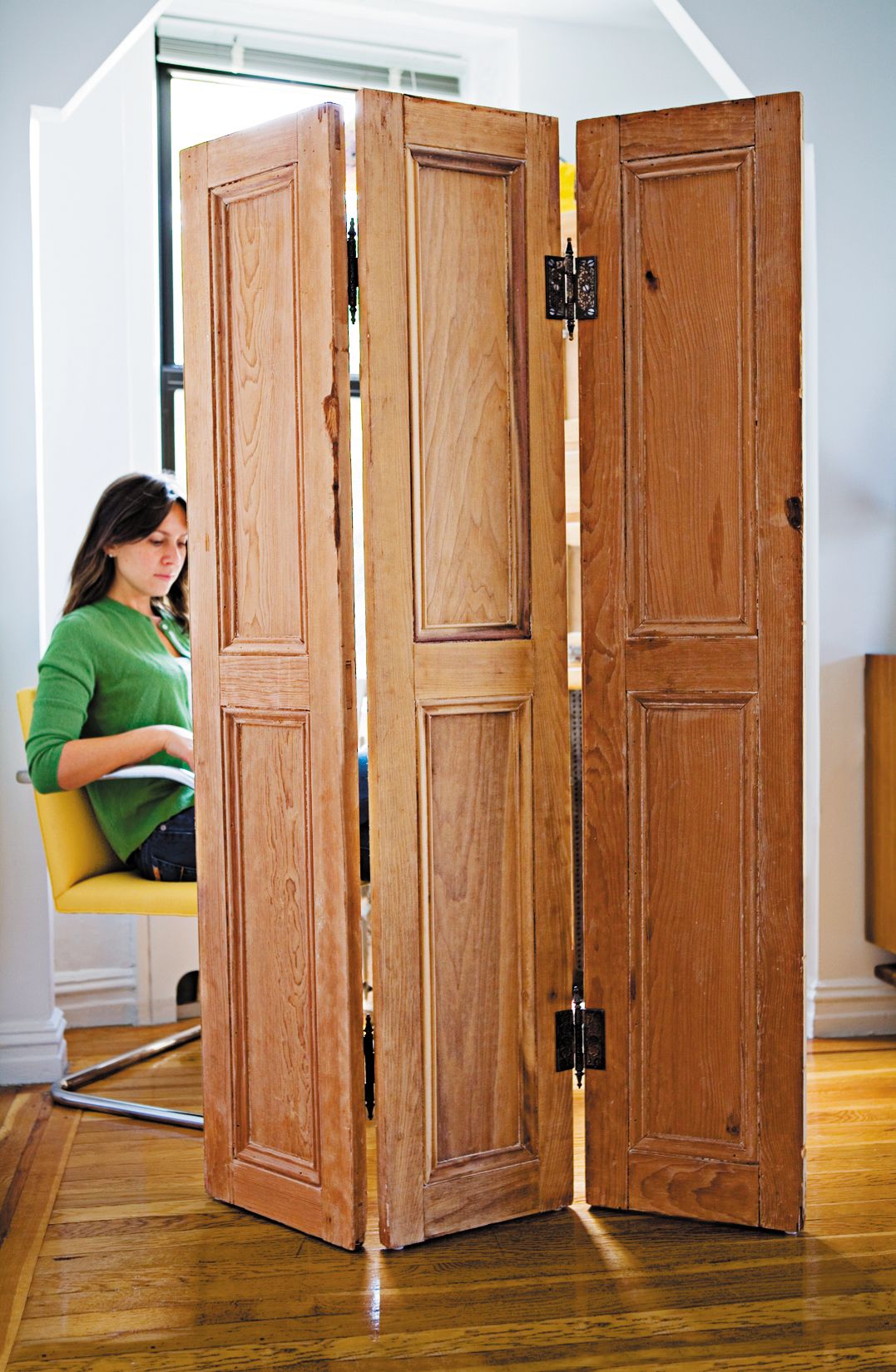We may be compensated if you purchase through links on our website. Our team is committed to delivering honest, objective, and independent reviews on home products and services.
Project details
Skill
Cost
Estimated Time
 Tape measure
Tape measure Drill/driver
Drill/driver Screwdriver
Screwdriver Pencil
Pencil combination square
combination square
Transforming old shutters and vintage hinges into a charming folding screen is a creative way to add character and functionality to your home. This DIY project not only repurposes salvaged materials but also creates a unique piece that can serve as a room divider, privacy screen, or decorative accent. With just a few simple tools and patience, you can craft a beautiful folding screen that reflects your style and adds a touch of history to your living space. The result is a customized element that is both a practical item and an artistic statement.
Align Shutters
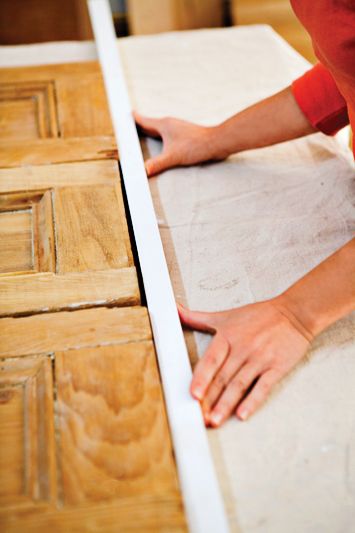
Begin by laying your three shutters side by side on a sturdy worktable. Use a straightedge to align the bottom edges of the shutters. This step is crucial because shutter heights may vary, and using the bottoms as a baseline ensures your folding screen will stand evenly when completed. Ensuring precise alignment will help the structure maintain balance and integrity, preventing any wobble once it’s assembled.
Position Hinges
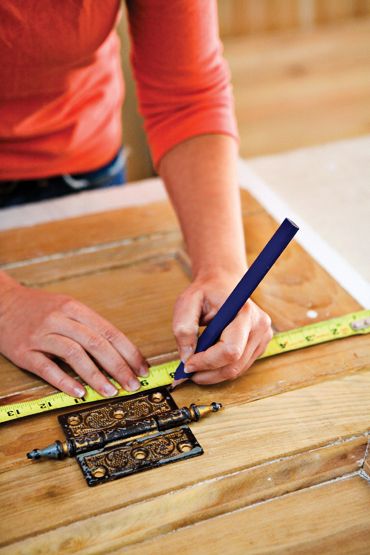
Next, arrange one pair of hinges along the gap between two shutters. Position the first hinge approximately one foot down from the top of the shutters, and the second hinge the same distance up from the bottom. This placement ensures stability and smooth folding action. Use your tape measure to mark the locations of the hinges, measuring from the bottom of the shutters to the bottom edge of each hinge leaf. Proper hinge placement facilitates reliable movement and enhances the lasting durability of your screen.
Transfer Shutter Measurements
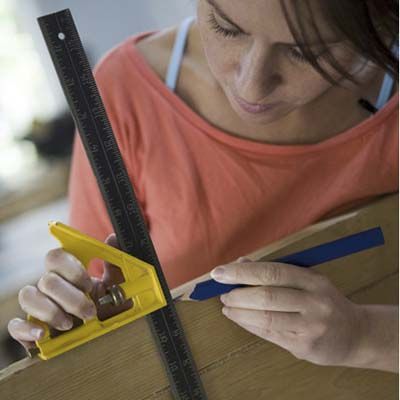
To ensure consistency across all three shutters, use a combination square to transfer the hinge placement marks to the back of the third shutter. This step is essential for positioning the second pair of hinges accurately, creating a symmetrical and well-balanced folding screen. Maintaining precision in measurement and placement allows the screen to function effectively as both a divider and decorative element in your home.
Predrill Screw Holes in Shutters
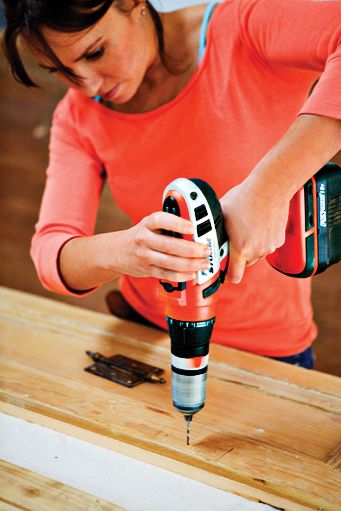
Before attaching the hinges, it’s important to predrill holes for the screws. This step prevents the wood from splitting and ensures a secure attachment. Remove the hinges from the shutters and use a drill bit slightly smaller than your screws to bore holes at each marked location. Take care not to drill all the way through the shutters. The predrilling process helps preserve the wood’s integrity, enhancing the overall quality of your assembled screen.
Attach Hinges to Shutters
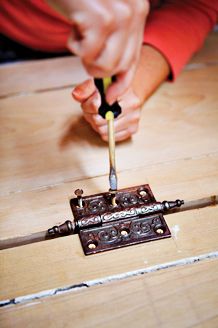
With the screw holes prepared, reposition the hinges on the shutters. Use your screwdriver to drive in the screws carefully, securing each hinge leaf to its corresponding shutter. Be sure to keep the shutters aligned as you work, checking that the screen folds smoothly after attaching each hinge. This final step in assembly confirms that each hinge aligns properly, and reinforces the structure’s dependability and ease of use.
Protect Floors From Your Folding Screen
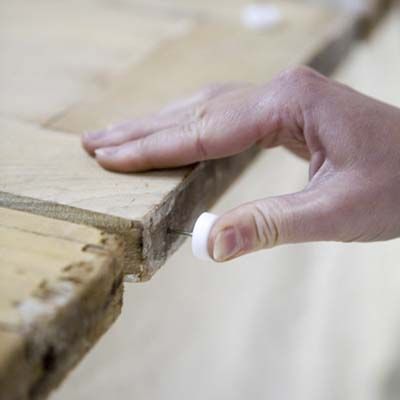
To prevent your new folding screen from scratching floors or surfaces, install soft vinyl furniture glides on the bottom corners of the two end shutters. These small additions will help level the screen and make it easier to move around your space without causing damage. This thoughtful consideration ensures your decor stays pristine, widely enhancing the longevity of both your flooring and your folding screen.
Unfold Folding Screen
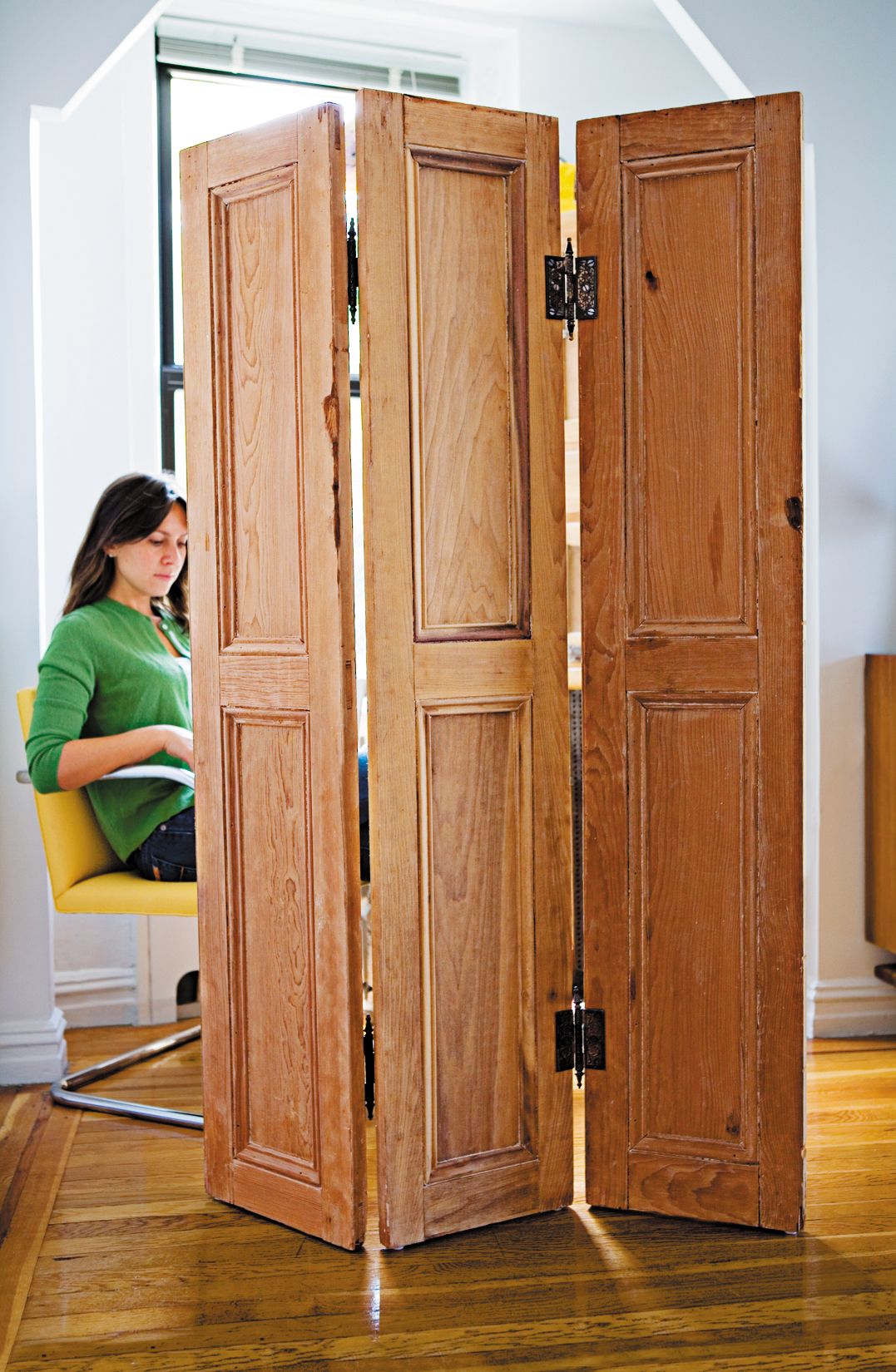
With all the hinges securely attached and floor protectors in place, it’s time to set up your finished folding screen. Carefully unfold the screen and position it in your desired location. Step back to admire your handiwork and enjoy the charm your DIY folding screen brings to your space.
